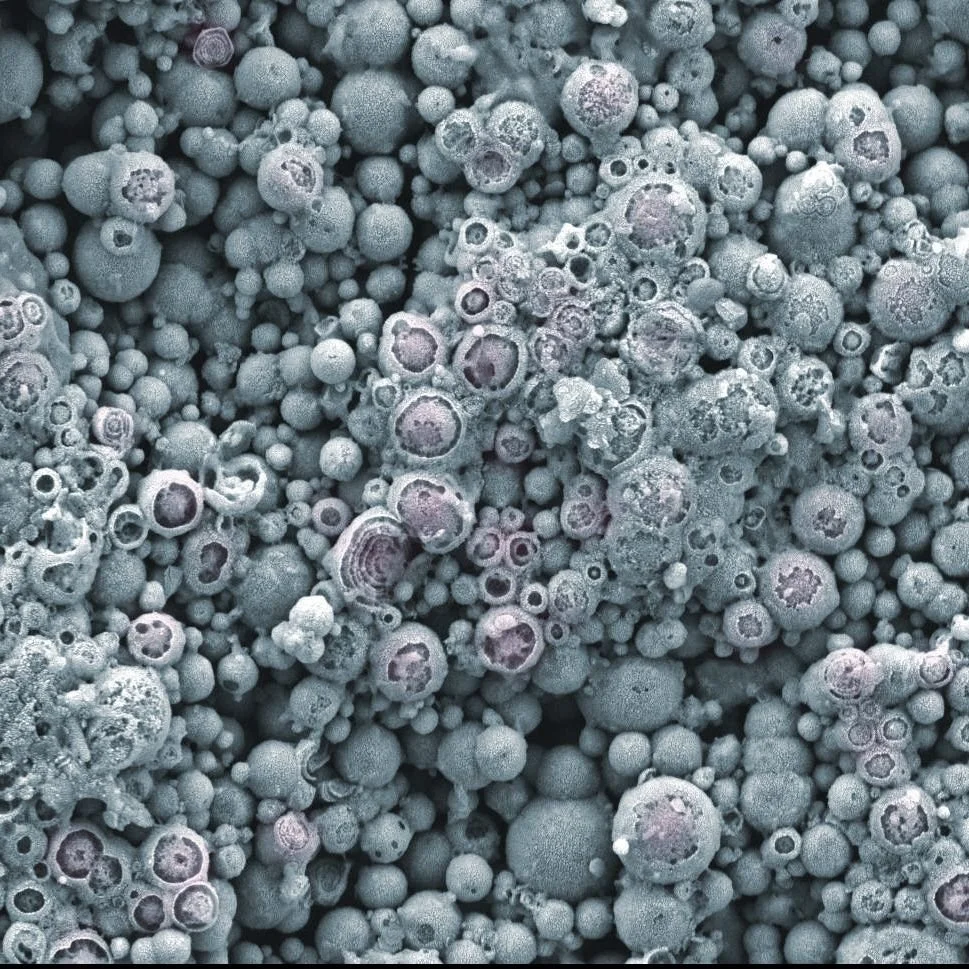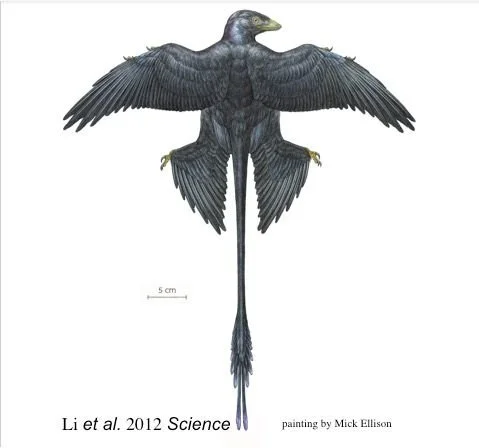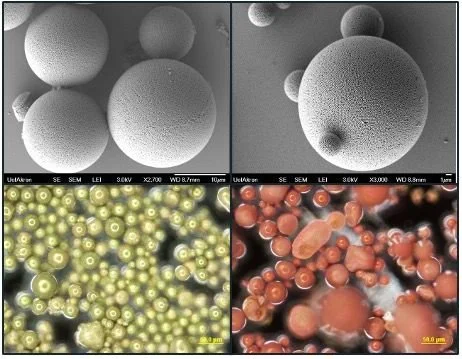Fine scale structures
We study the optics and evolution of nanostructures, in particular those with optical, thermal and antimicrobial properties. We use techniques including light and electron microscopy, tomography and atomic force microscopy to examine the structure of these tissues and use optical modeling to determine how they create color.
Eggshell nanostructure
Other natural nanostructures are used as antimicrobial defenses on bird and other reptile eggs. We use protein assays, antimicrobial assays, molecular and chemical methods, and biomimicry to test these ideas.
Palaeocolor
Together with paleontologists, we compare color-producing organelles (melanosomes) from fossils with those of modern birds to reconstruct color and color patterns. For example, Microraptor likely had a glossy black raven-like plumage color.
Biomimicry
In collaboration with chemists and materials scientists, we produce biomimetic/bioinspired structurally coloured materials from melanin and polymers. We can thereby capture a full palette of colours without using pigments.
“Supraballs” of melanin and silica produce colors across the spectrum based on particle size, shown on the image lefts.





